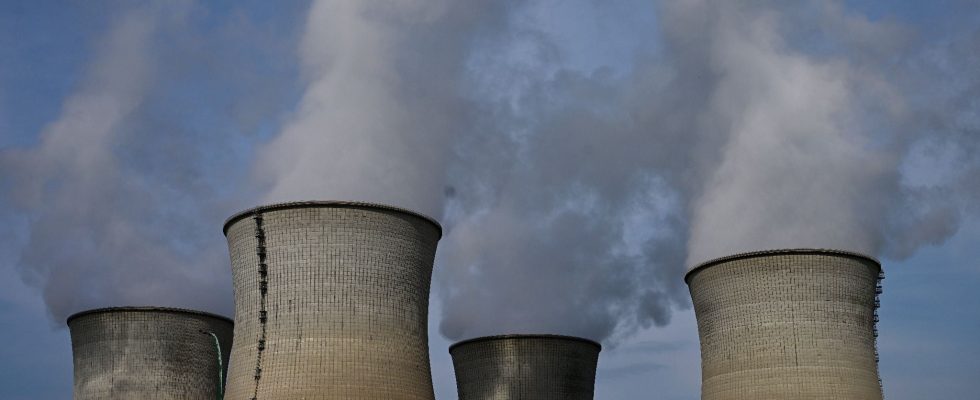Go beyond the six EPRs announced by Emmanuel Macron in Belfort in February 2022. And participate in the tripling of nuclear capacities in the world by 2050. France’s roadmap is now very clear in terms of energy. The most difficult part remains: implementing the relaunch of the atom on the ground. Encouraging signs, companies in the sector are starting to recruit en masse and EDF will benefit from a higher price per megawatt hour in the future. Enough to finance its numerous investments more easily.
However, recovery is not just a matter of arms or financial resources. Players in the sector must also show that they still know how to build quickly and well. However, doubts remain on this point. Since the 1950s, reactor construction times have lengthened around the world. China, to which we owe most of the recent reactors, today appears to be the most credible manufacturing country: its installed capacities have quadrupled over the last ten years. And Beijing estimates it can complete a new project in four years.
But this is an exception. Everywhere else, planned construction deadlines have been exceeded. Between 2013 and 2022, 10 countries completed 66 reactors with an average construction time of 9.4 years and sometimes great difficulties. Olkiluoto 3, in Finland, took more than sixteen years to develop. How long will the expansion of the civil nuclear fleet in France take? No one knows the answer yet. And this is what angers the opponents of the atom.
